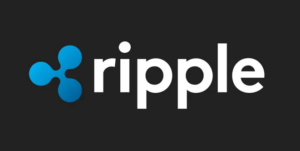The European Mica Regulation, also known as Markets in Crypto-Assets Regulation (MiCA), is an important development in the world of digital assets within the European Union. As of 2022, the regulation is creating a buzz among cryptocurrency enthusiasts and investors alike.
MiCA aims to establish a comprehensive framework for regulating digital assets across the EU. This includes cryptocurrencies, utility tokens, and stablecoins. The regulation seeks to provide legal clarity and consumer protection while fostering innovation in the digital asset space.
One key aspect of the MiCA regulation is the classification of digital assets. Tokens will be categorized based on their specific characteristics and use cases. This classification will help determine the regulatory requirements that issuers and service providers must adhere to.
MiCA also addresses the issue of market integrity and transparency. By imposing strict rules on trading platforms and service providers, the regulation aims to reduce the risk of market manipulation and fraud. This increased oversight is intended to improve confidence among investors and promote the growth of the digital asset market.
Furthermore, the MiCA regulation includes provisions for capital requirements and investor protection. This is crucial in safeguarding consumer funds and ensuring that digital asset service providers operate in a responsible manner. By setting clear standards for custody, compliance, and risk management, the regulation aims to enhance the overall stability of the digital asset ecosystem.
One of the most significant aspects of MiCA is its extraterritorial reach. The regulation applies not only to entities within the EU but also to those outside the region that offer services to EU residents. This global reach is designed to prevent regulatory arbitrage and ensure a level playing field for all market participants.
As the digital asset industry continues to evolve, compliance with regulatory frameworks like MiCA will be essential for businesses operating within the EU. By staying informed about the requirements of the regulation and working proactively to meet them, companies can navigate the evolving regulatory landscape and build trust with customers and investors.
In conclusion, the European Mica Regulation is a milestone in the regulation of digital assets within the EU. By establishing clear rules and standards for the industry, MiCA aims to foster innovation, protect consumers, and promote market integrity. As the regulatory framework continues to take shape, market participants should stay informed and adapt to ensure compliance and long-term success in the digital asset space.


